One of the achievements of the province when implementing Resolution 19-NQ/TW is to continue to develop effective and sustainable agriculture in an ecological direction, applying advanced science and technology, improving the quality of added value. Encouraging the development of green, organic, circular agriculture, reducing greenhouse gas emissions...
Organic agricultural production, consumption linkage
Tanh Linh - the key rice granary in the South of the province these days, each ripe rice field has turned golden yellow, heavy with grain, harvested by increasingly modern mechanization. This is also a typical locality in deploying and implementing agricultural production in the direction of organic, clean agriculture associated with production - consumption - product linkage.
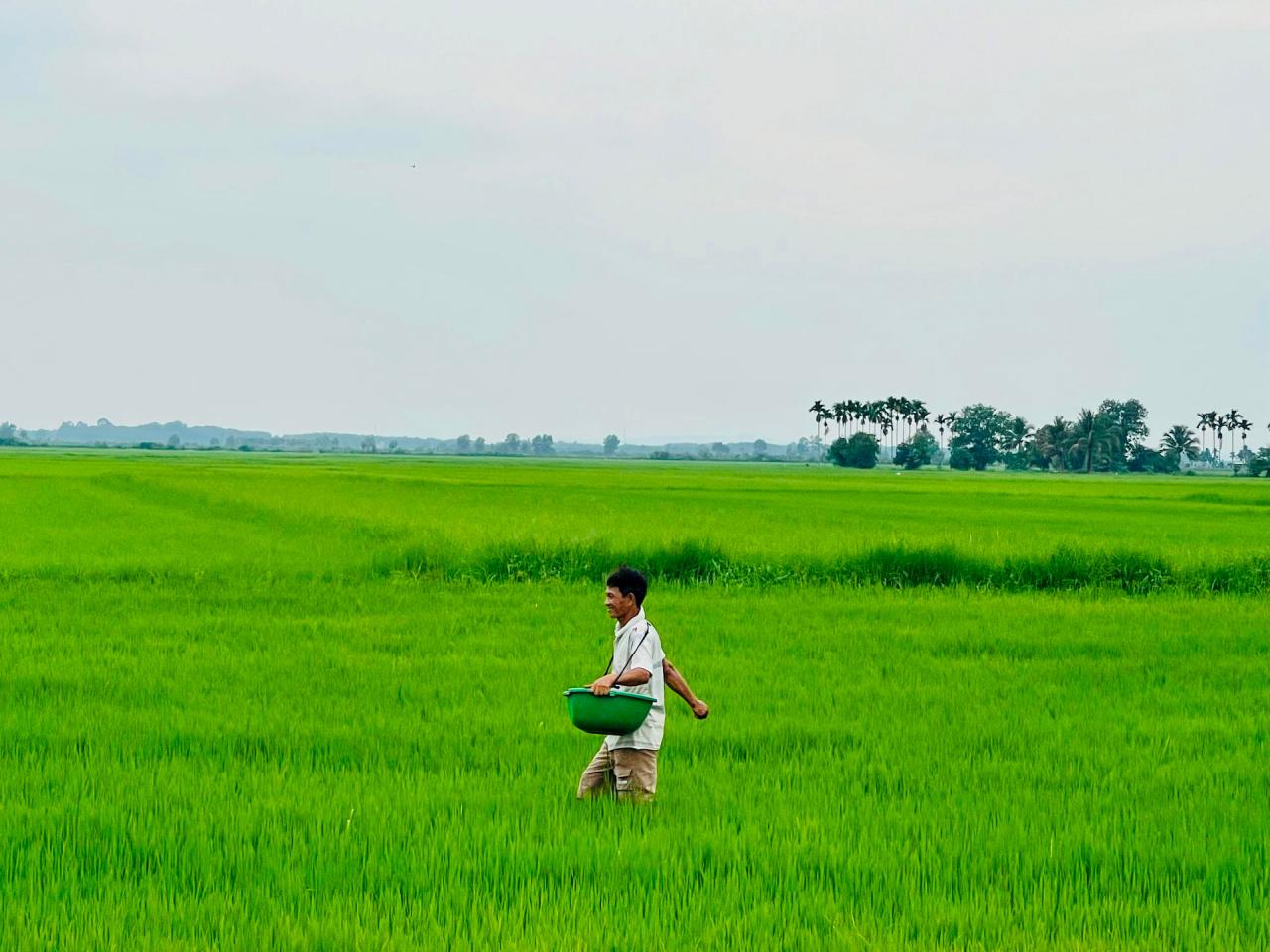
In particular, the Duc Lan organic rice brand, a 3-star OCOP product of Duc Binh Agricultural Service Cooperative, associated with the logo "Tanh Linh Rice" (ST 24 and OM 18 rice) is no longer unfamiliar to consumers in and outside the province. Mr. Nguyen Anh Duc - Director of Duc Binh Agricultural Service Cooperative shared with us that, in the past few years, the Cooperative has produced organic and clean agriculture on 90 - 100 hectares/year, with an output of about 600 tons/year. At the same time, the Cooperative has linked and consumed products, bringing about efficiency such as reducing the amount of seeds sown to help the rice plants grow healthy, saving 40% of the amount of seeds, and preventing the production environment from being polluted thanks to the use of fertilizers and pesticides with biological active ingredients. This has helped farmers who are members of the cooperative to apply technical production processes, use biological products, create safe rice quality, meet VietGAP standards for packaging and consumption. The goal is to improve the quality of Tanh Linh rice, reduce product costs, and increase competitiveness in the market. The leader of Tanh Linh District People's Committee said that in addition to organic rice production, the local agricultural production area is linked annually to about 2,700 hectares of rice, 45 hectares of beans of all kinds and 10 hectares of vegetables. At the same time, it is continuing to link in production activities from input to consumers, reducing and limiting unnecessary intermediaries...
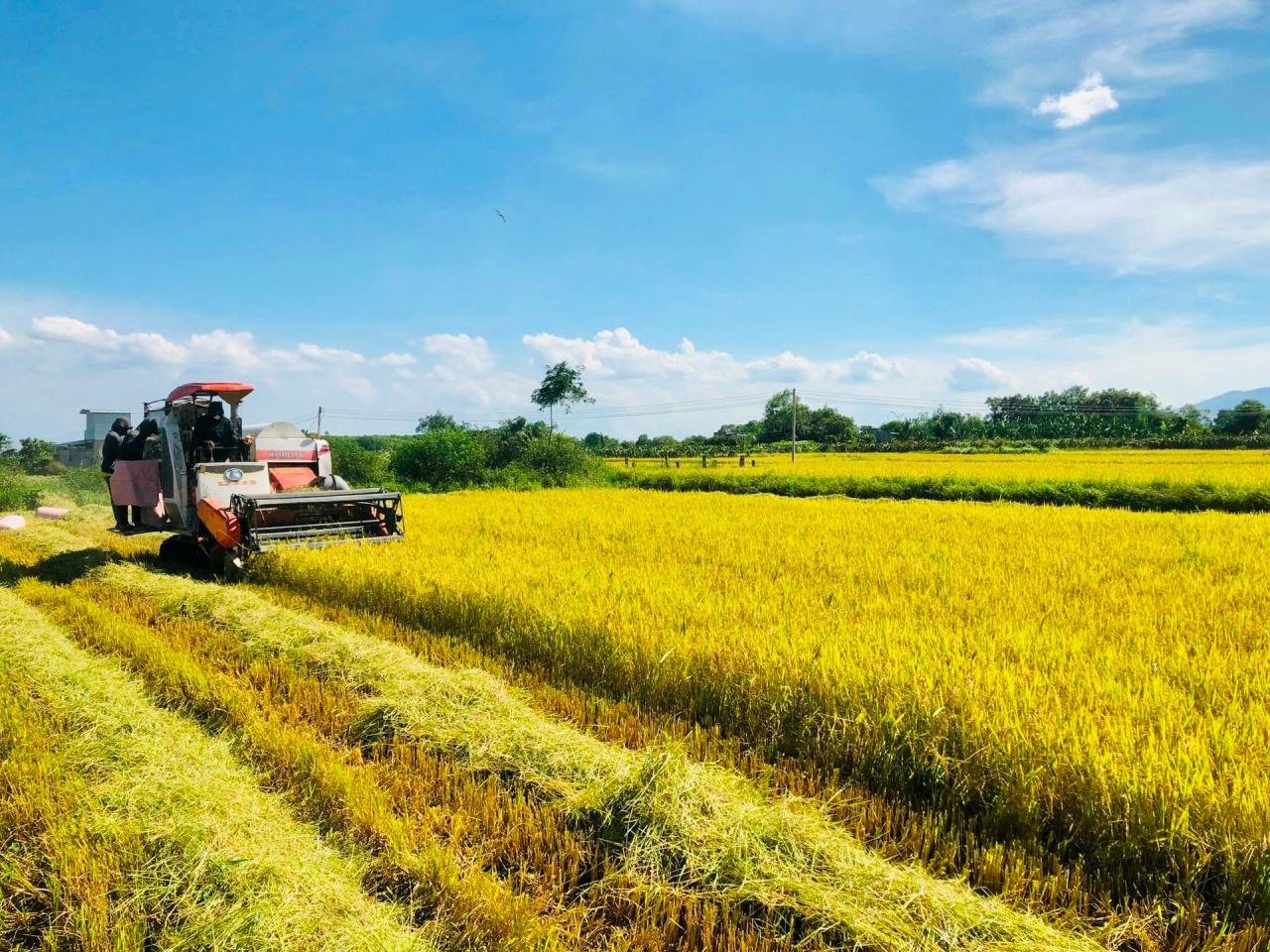
This is one of the typical examples that the agricultural sector and localities in the province have achieved in implementing the "three agriculture" policy in recent times.
Promoting restructuring of the agricultural sector
According to the assessment of Binh Thuan Provincial Party Committee, over the past year, the province has implemented Resolution No. 19-NQ/TW, dated June 16, 2022 of the Central Executive Committee (term XIII) on "Agriculture, farmers, rural areas to 2030, vision to 2045" (Resolution No. 19-NQ/TW) in conditions with many difficulties and challenges. These are the impacts of natural disasters, climate change, crop diseases, and the increase in prices of raw materials and input materials, especially fertilizers, pesticides, gasoline and other goods serving production activities. On the other hand, the consumption of some agricultural products, especially dragon fruit, has encountered many difficulties... However, the province continues to promote the restructuring of the agricultural economy to ensure substance and efficiency. At the same time, exploit and promote the potential and advantages of the province, develop modern agriculture, specialize, protect the ecological environment, ensure food safety. At the same time, focus on promoting the production of high-yield, high-quality crop and livestock varieties that adapt to climate conditions.
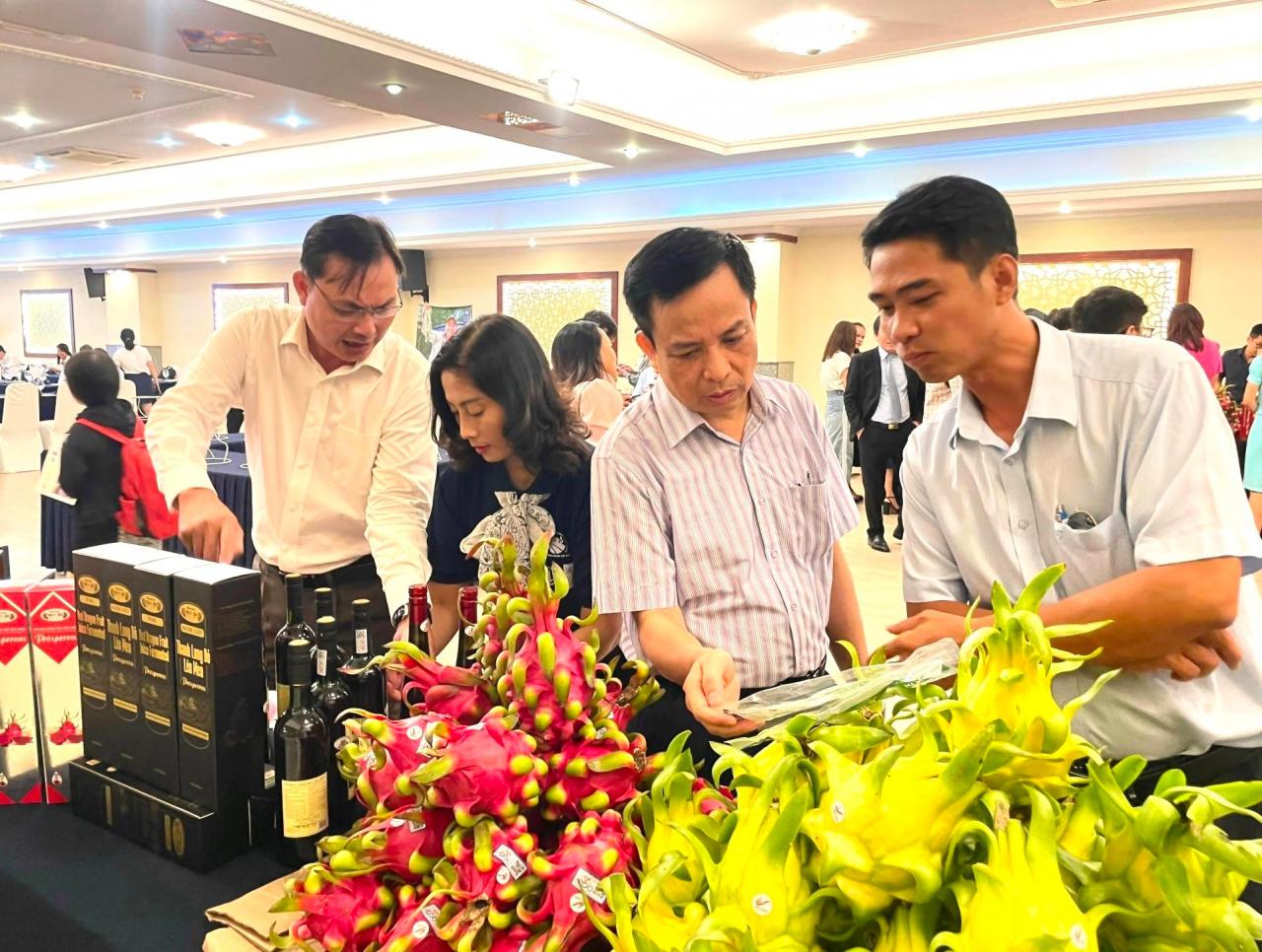
One of the results achieved, from June 2022 to August 2023, the Provincial Agricultural Seed Center restored local key rice varieties such as ML 48, TH6, ML 202, ML 214, TH 41... Along with that, it produced and supplied 187 tons of rice seeds of various types, 3,800 fruit trees of various types and hundreds of high-quality pigs and cows to serve the province's seed program. Last year, Binh Thuan continued to restructure cultivation towards large-scale production, associated with processing and consumption according to the value chain on the basis of promoting the province's key products, crops and advantages. The results showed that the rice yield in 2022 reached 61.1 quintals/ha, an increase of 1.3 quintals/ha compared to 2021; In the first half of 2023, it reached 66.9 quintals/ha, and in 2022, corn yield reached 65.5 quintals/ha. From 2022 to now, the whole province has converted 8,840 hectares of ineffective rice land to grow other short-term crops to promote land use efficiency, save water, and increase farmers' income. Continue to convert crop structure to suit market advantages and demand, adapt to climate change.
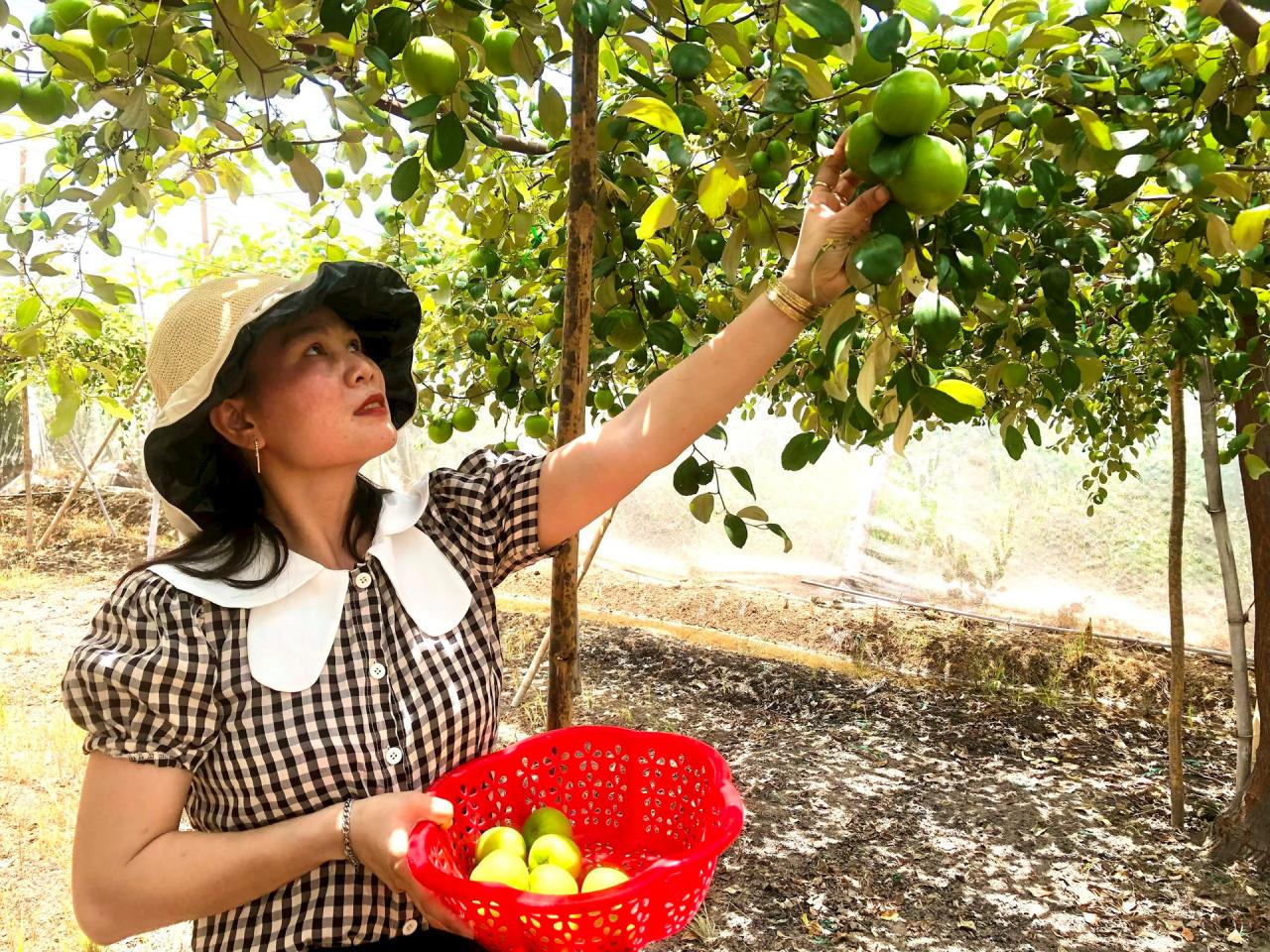
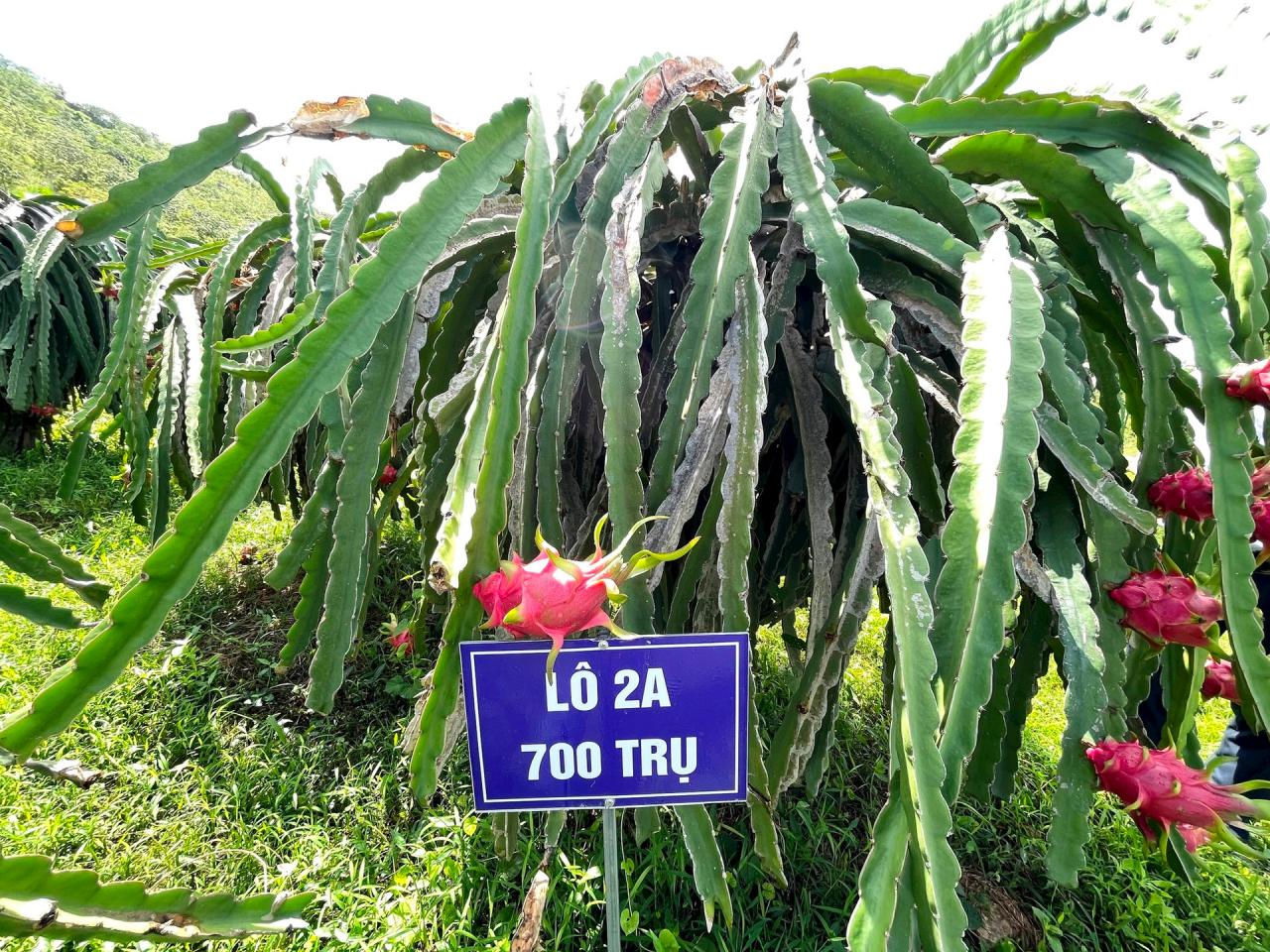
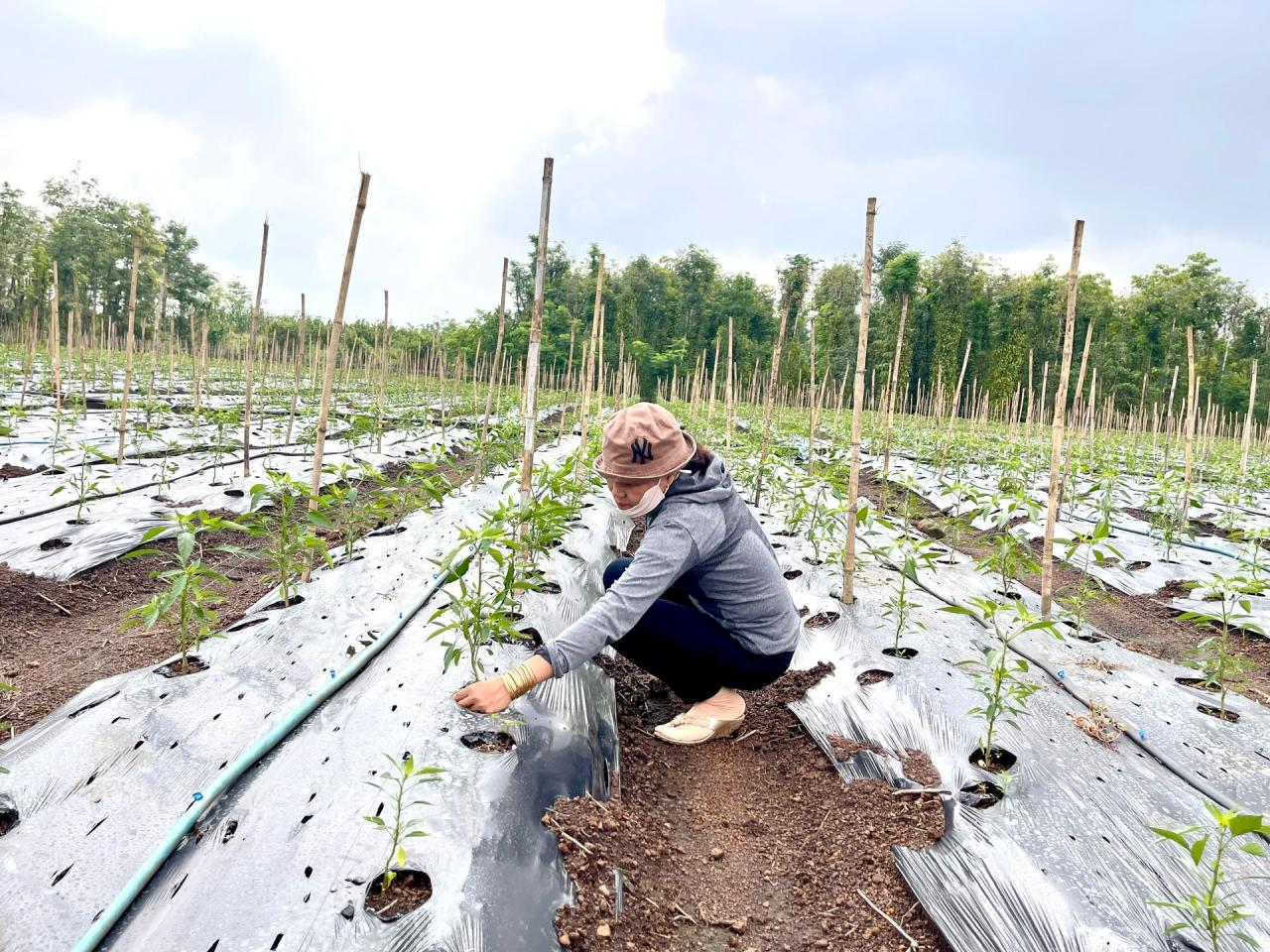
One of the viewpoints in Resolution 19-NQ/TW clearly states: Agriculture is a national advantage, a pillar of the economy. Developing agriculture effectively, sustainably, integrating multi-values towards increasing added value, competitiveness, associated with promoting the development of processing industry, post-harvest preservation and developing agricultural product markets both domestically and internationally... This is also the goal that Binh Thuan province needs to continue to strive to achieve in the coming time to develop effective and sustainable agriculture.
According to Binh Thuan Provincial Party Committee, the results of implementing specific goals after more than 1 year of implementing Resolution 19: GRDP growth rate of the agricultural sector in 2022 reached 2.5%, estimated at 2.81% in 2023 (target: 2.8 - 3.3%/year); agricultural labor productivity growth rate in 2022 reached 4.34%, estimated at 4.77% in 2023 (target increase from 7 - 8%/year). Average income of rural people in 2022 increased by 1.09 times, estimated at 1.13 times in 2023. Forest cover rate in 2022 reached 43.11%, estimated at 43% in 2023...
Source



![[Photo] Closing of the 11th Conference of the 13th Central Committee of the Communist Party of Vietnam](https://vstatic.vietnam.vn/vietnam/resource/IMAGE/2025/4/12/114b57fe6e9b4814a5ddfacf6dfe5b7f)

![[Photo] Overcoming all difficulties, speeding up construction progress of Hoa Binh Hydropower Plant Expansion Project](https://vstatic.vietnam.vn/vietnam/resource/IMAGE/2025/4/12/bff04b551e98484c84d74c8faa3526e0)


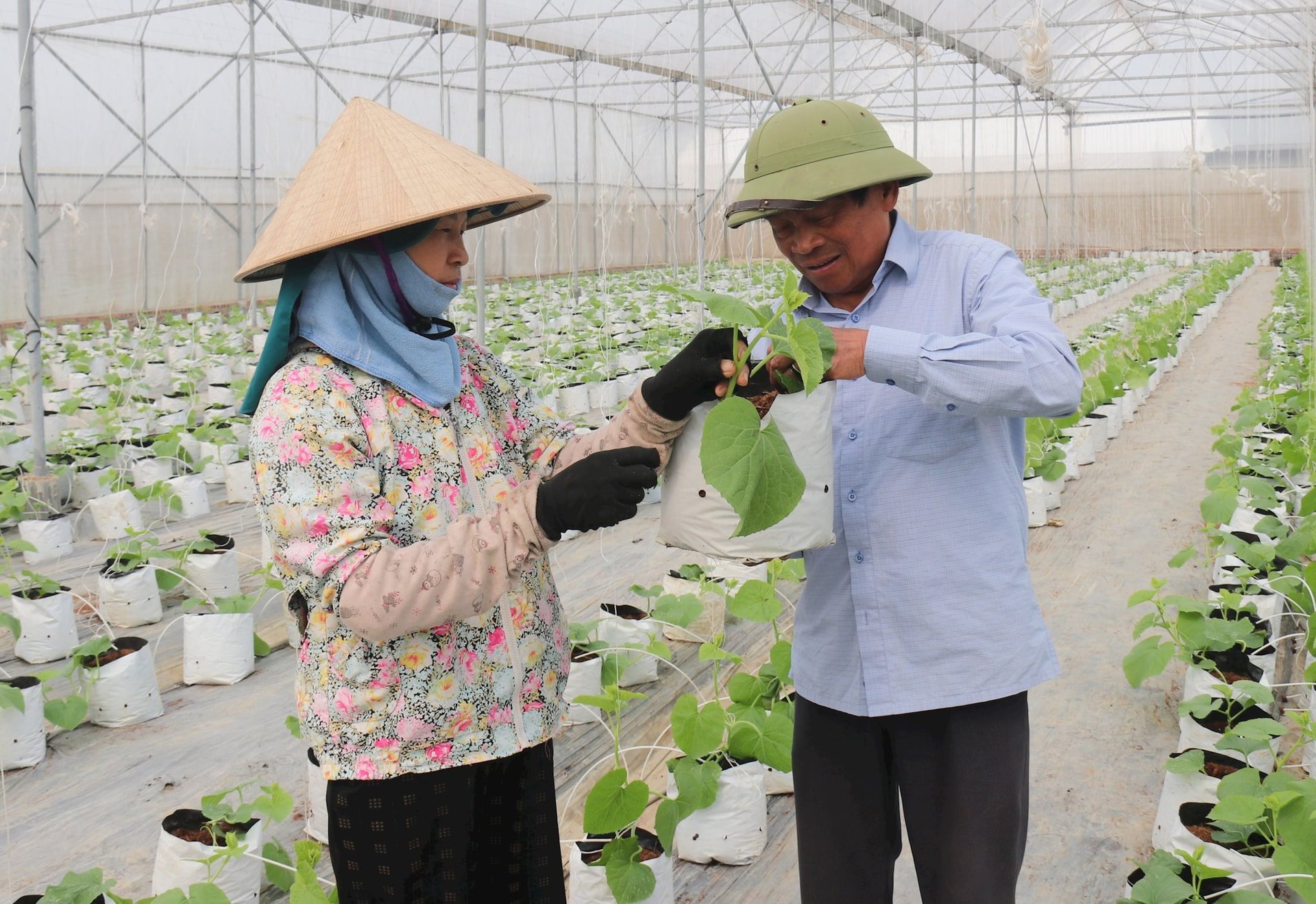

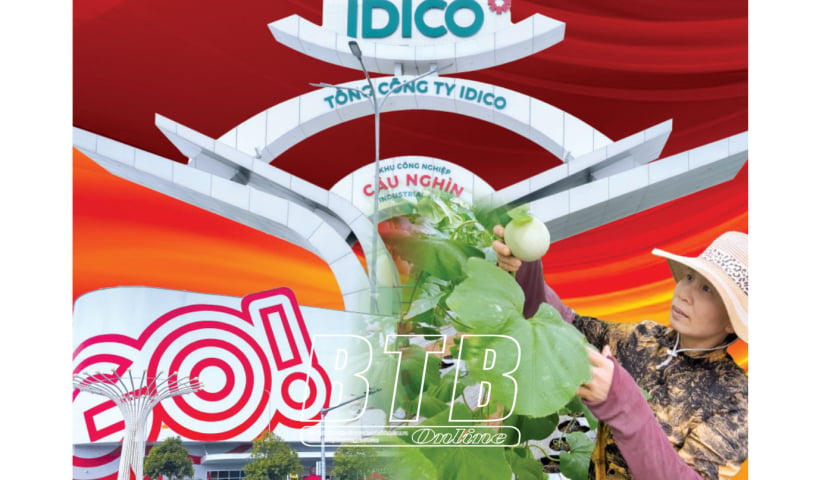



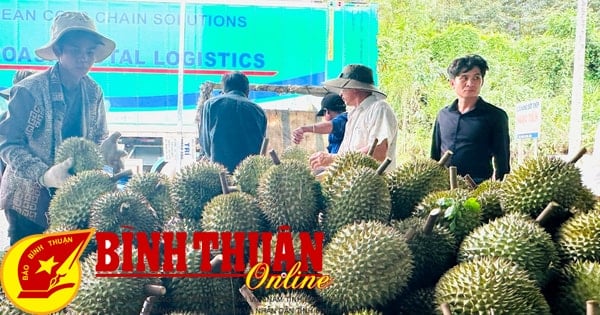
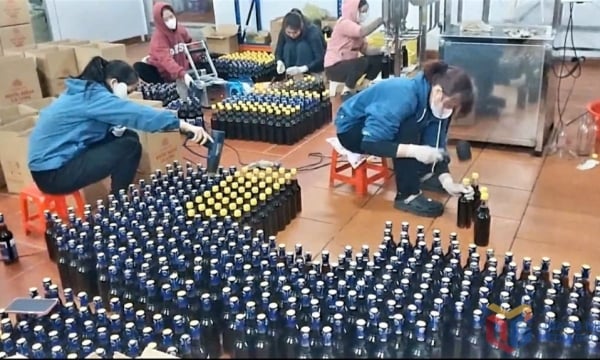
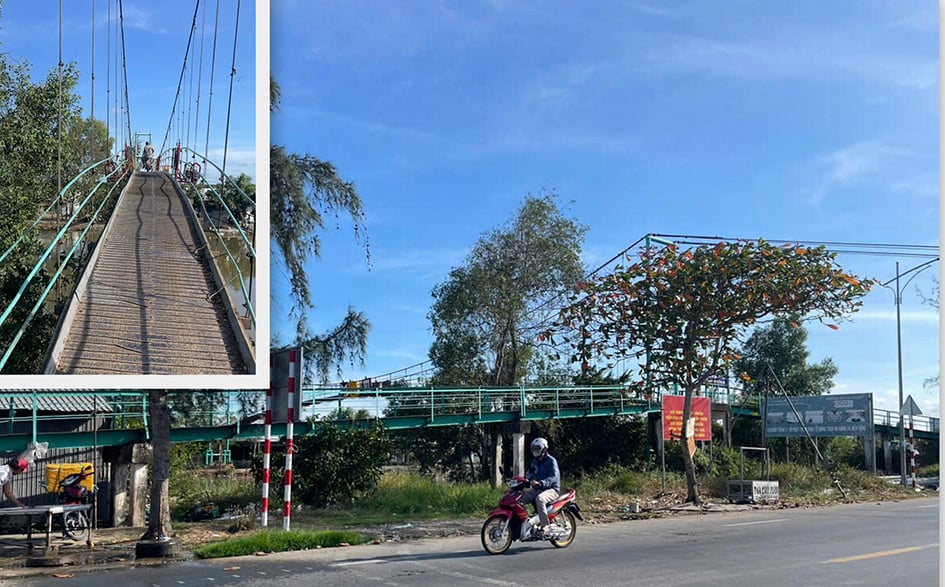

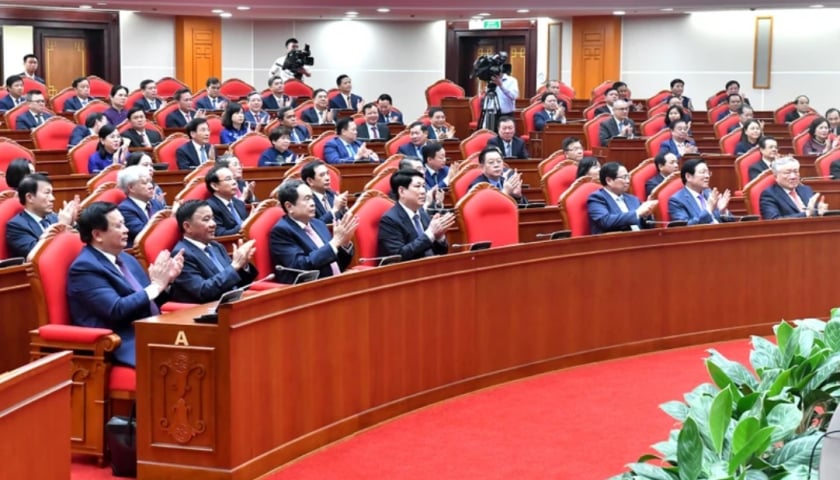
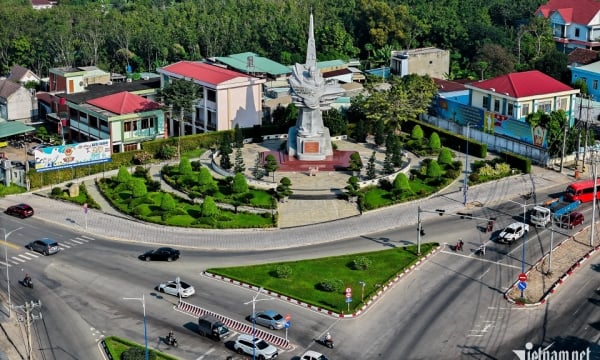
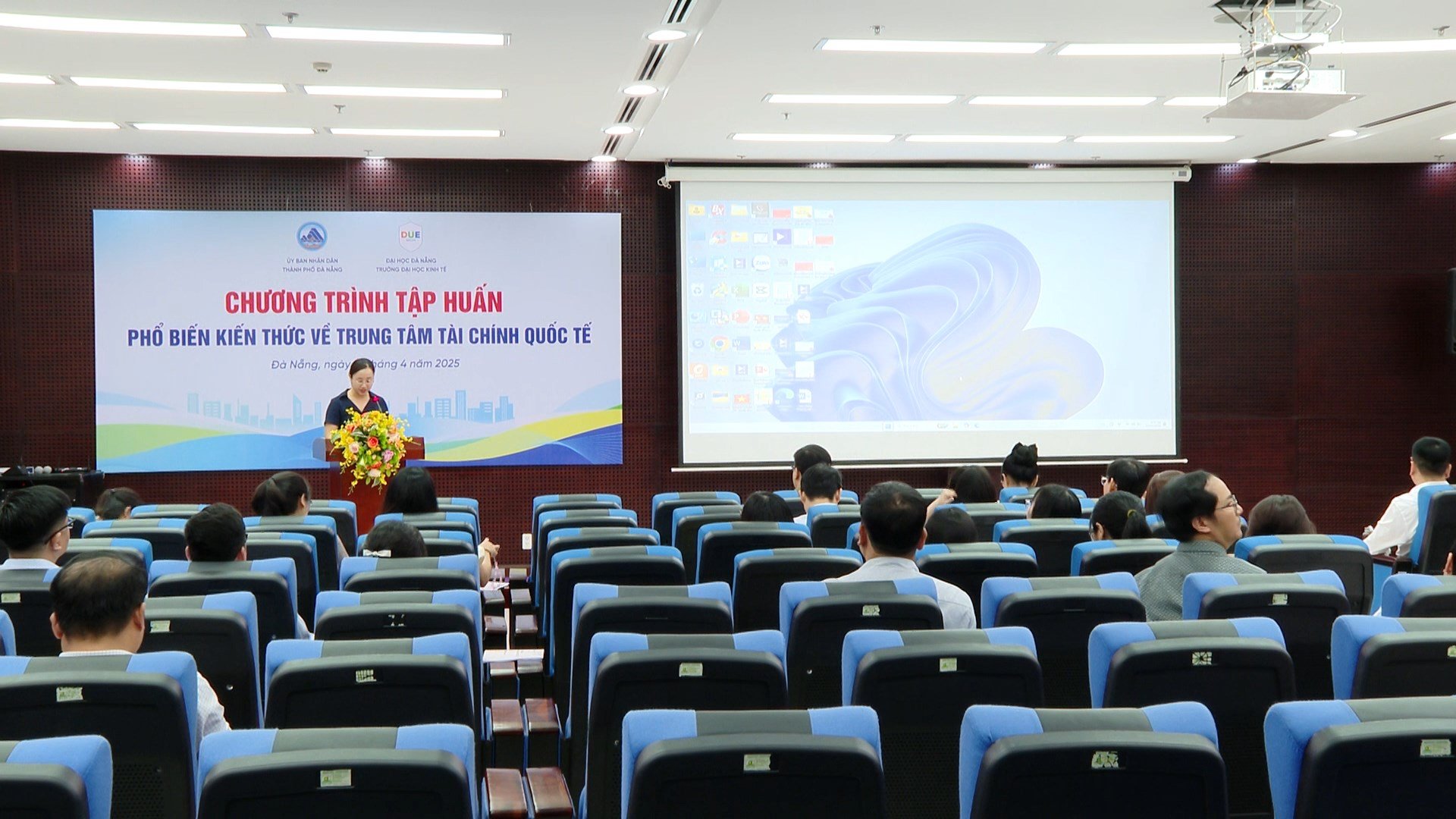
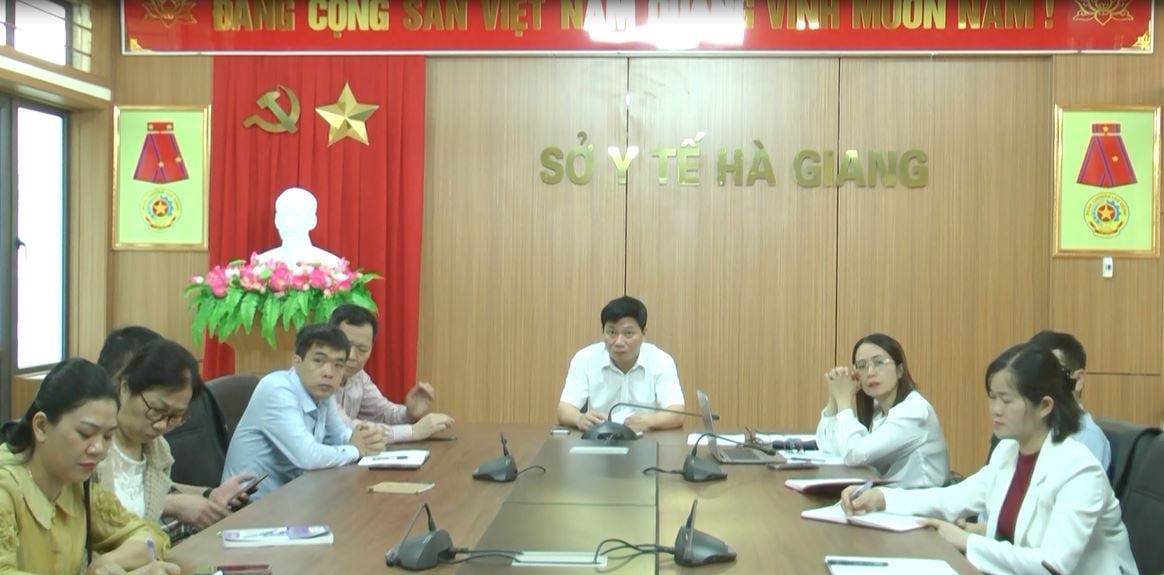



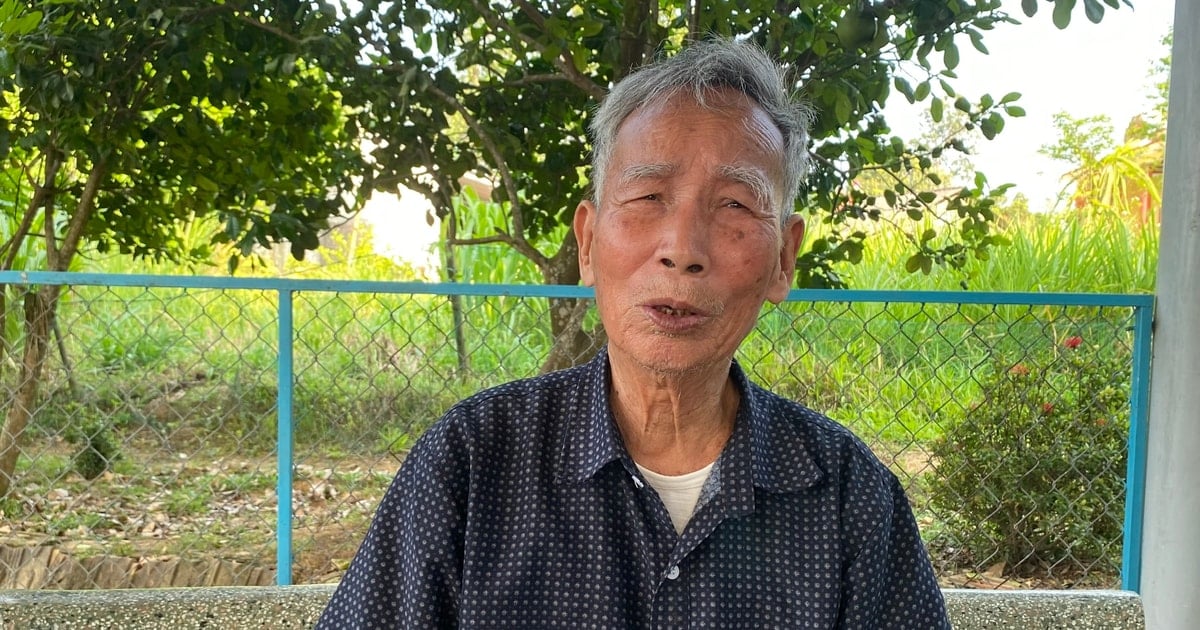

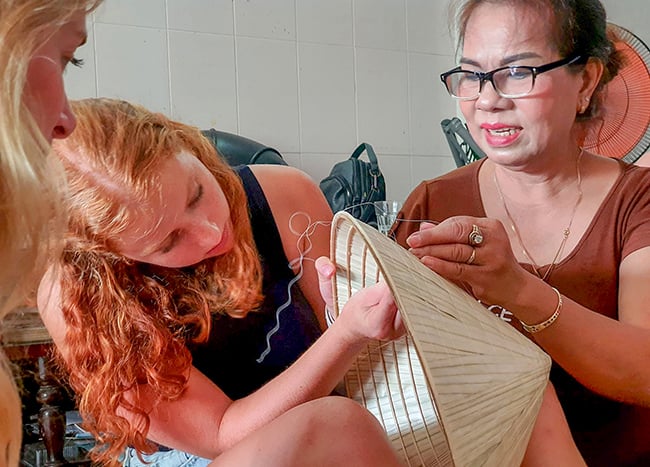
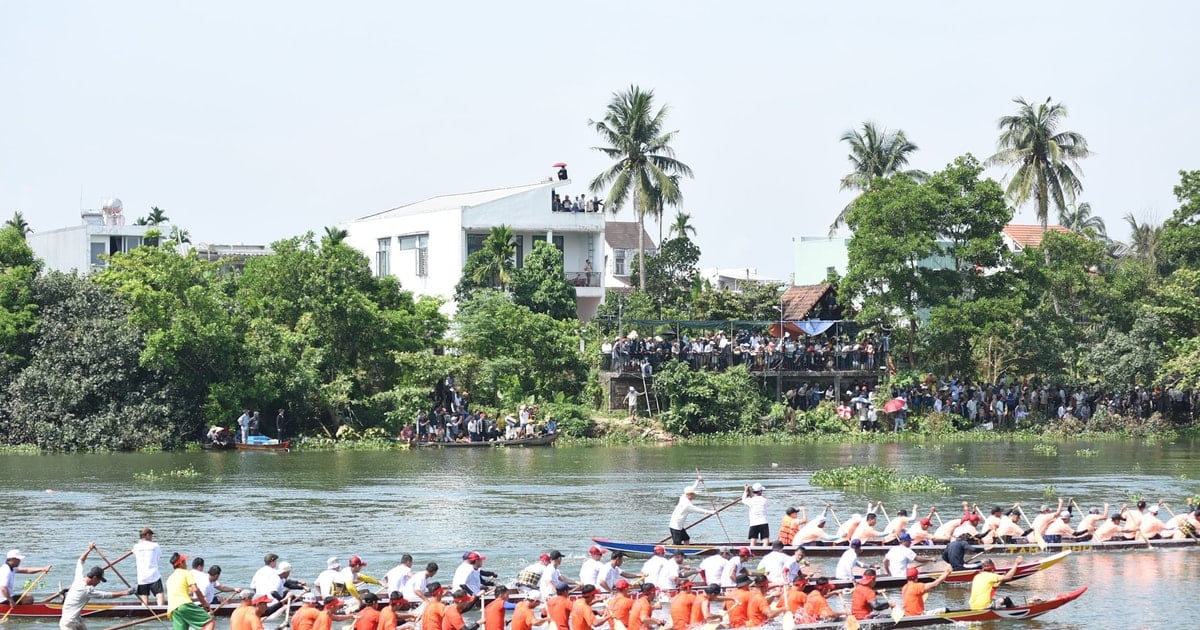
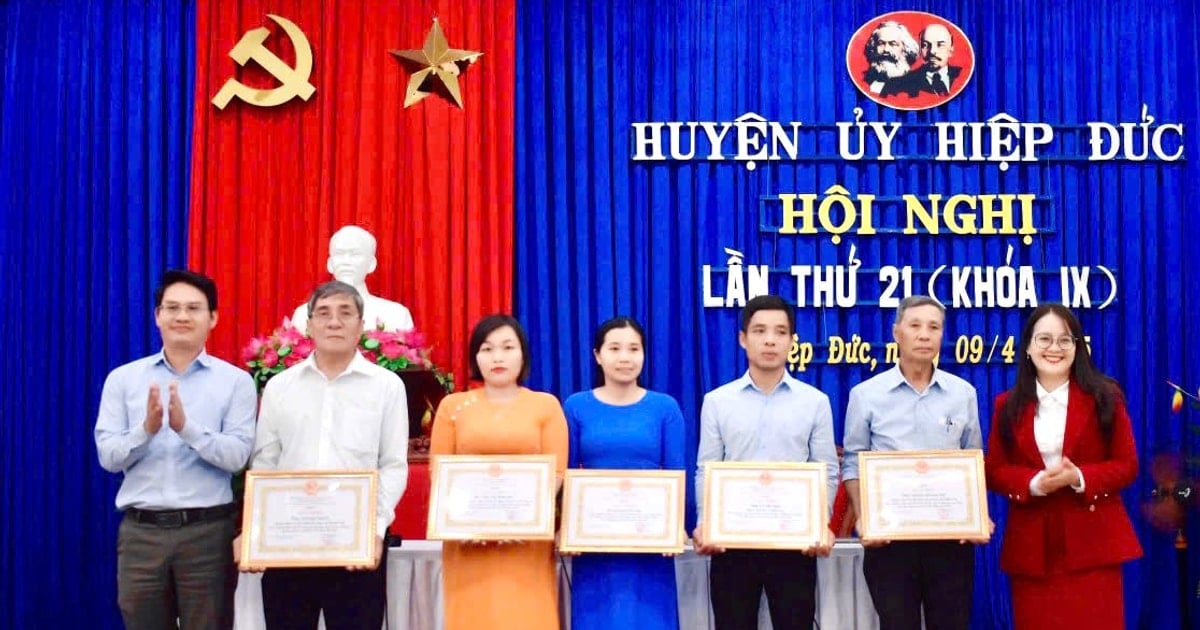
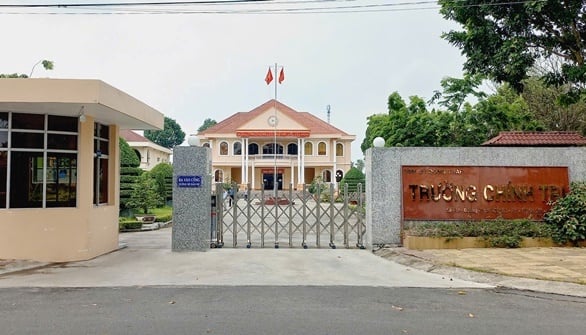

















































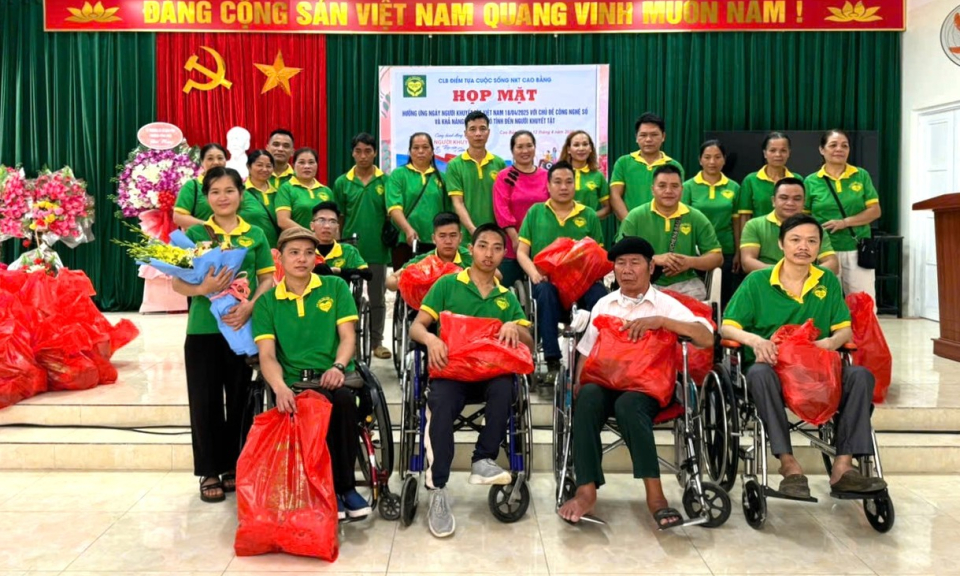

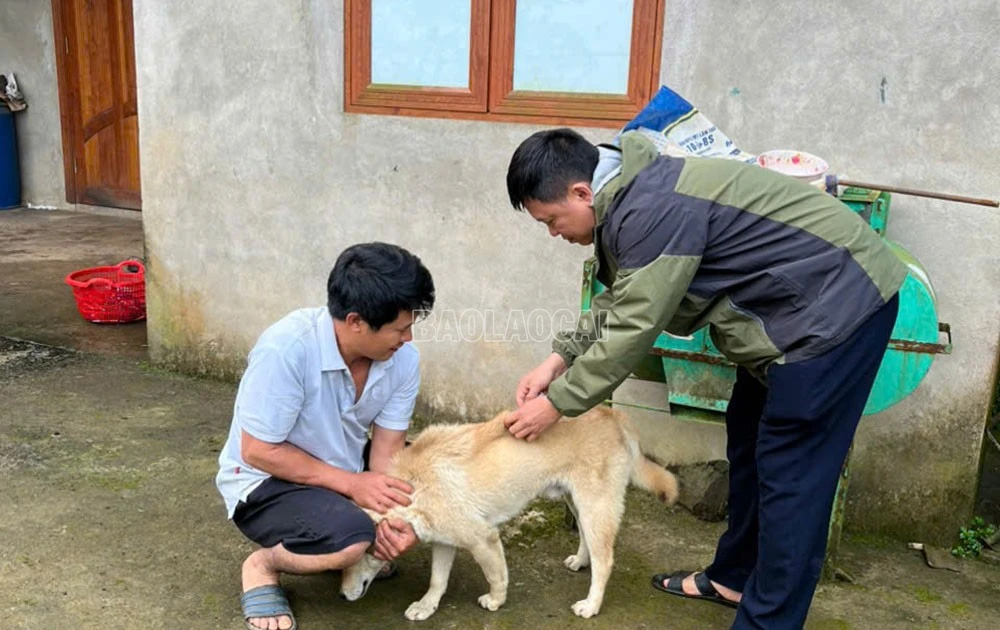















Comment (0)